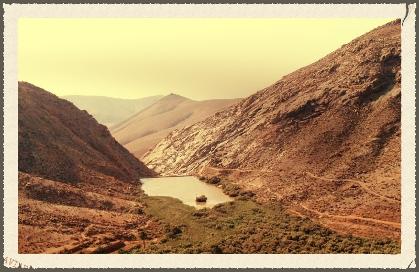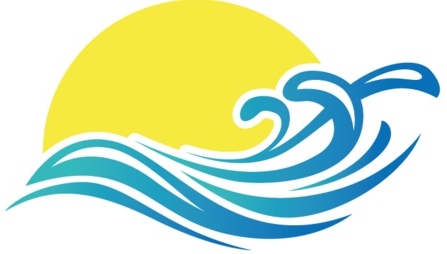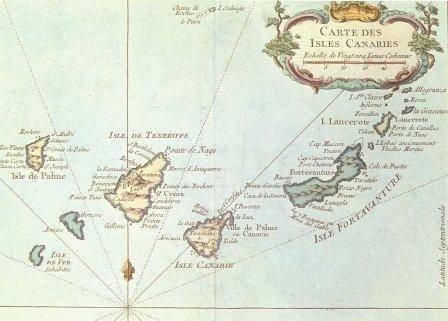
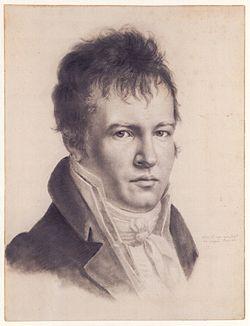
Alexander von Humboldt self portrait
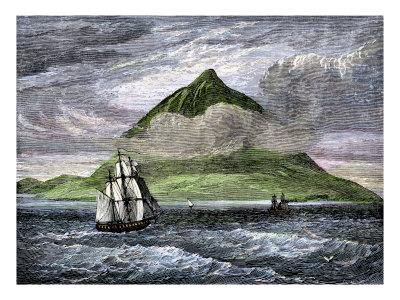
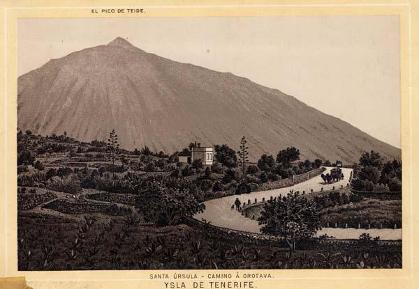
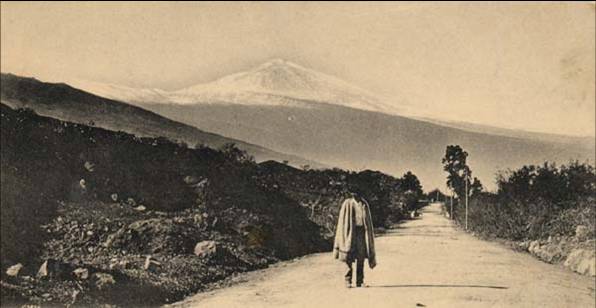
Despite Humboldt's experience, the ascent of Teide became established as a favourite challenge among well-to-do travellers who began spending their winters on Tenerife in the late 19th century. Olivia Stone, who in 1886 was one of the first female climbers of Teide, did a lot to encourage this. 'Teide is regarded affectionately from every point of view,' she wrote, 'and its ascenders may be said to have Peak-mania. Even as I write, I feel a strong and irresistible longing to do it again.'
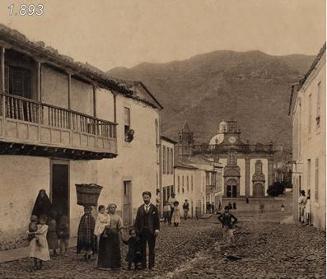
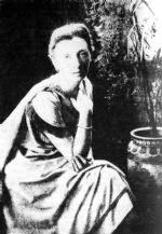

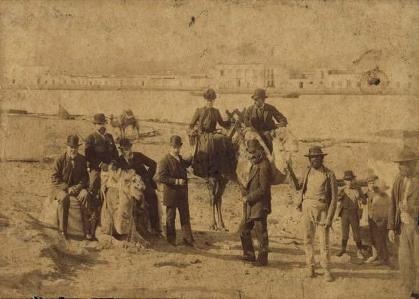
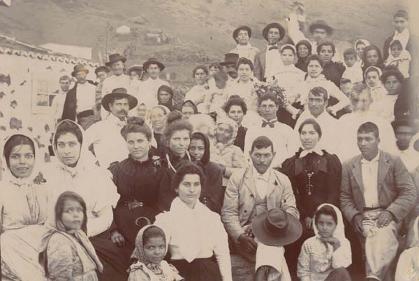
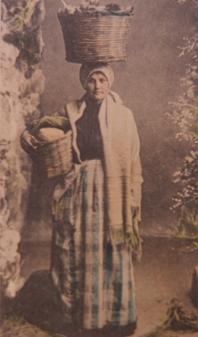
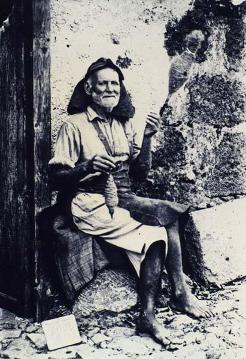
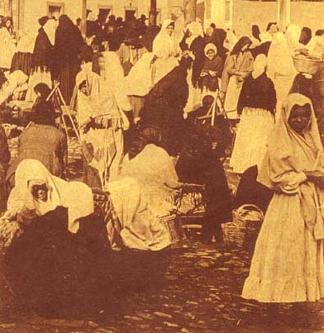
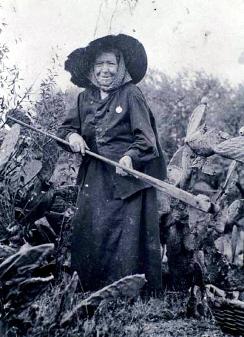
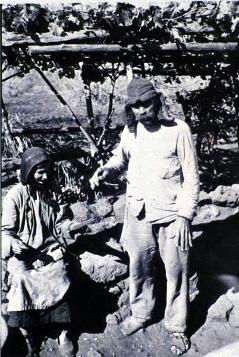
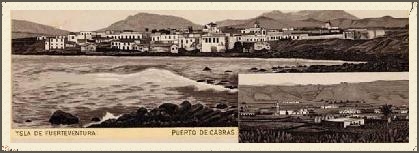
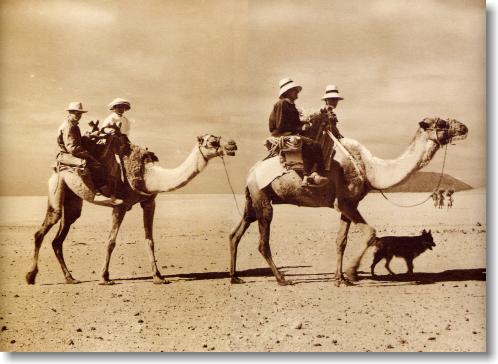
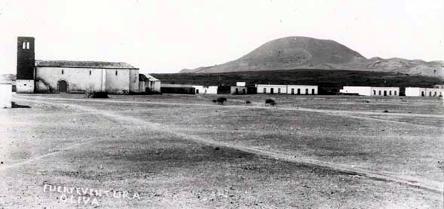
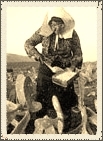
Harvesting the Cochineal

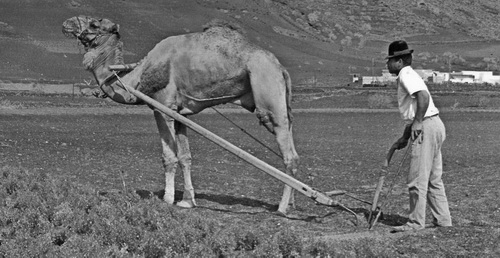
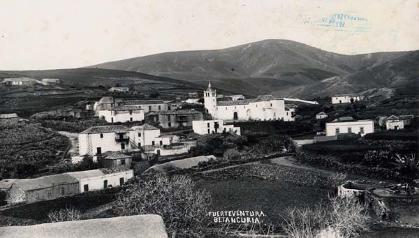
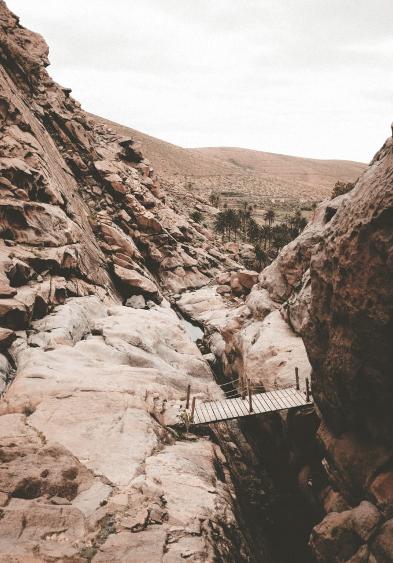
Early Chroniclers
Tenerife became a
popular destination on The Grand Tour, the European circuit that became a
fashionable pastime for the rich in the late nineteenth century.
Various contemporary artists and writers brought back favourable
impressions of Tenerife that particularly caught the imagination of the
moneyed English seeking a pleasant place to spend the winter or seek spa
treatments. The first widely distributed and well-received guidebook
was written by Olivia Stone who set out with her husband to travel
throughout all of the seven islands, an endeavour never realised by any
foreigner before. Her book was the first of a spate of guides about
Tenerife.
Olivia’s chronicles record a fascinating view into the
19th century islander’s lifestyles and conditions, she reports finding a
Guanche mommy, that of a woman, on her way to the mountains one day.
“Mommie Collecting” had become quite a fashion from the 18th century
onwards, it being considered most desirable to have a mommy in the house
to show to ones friends or visitors. This practice of the more wealthy
locals to buy “objects” from the Guanche (conquered native) culture was
probably originally influenced by European visitors
The
chronicles of the travellers who visited the Canary Islands in the
centuries XVIII and XIX have been helping investigators to uncover
details of the daily life the women of the archipelago, who had
surprised the foreigners with their beauty, but also by their ignorance,
poverty and superstitions.
University professor and investigator in
History of Education at the University of La Laguna, Teresa González,
has investigated texts written by Elizabeth Murray, Piazzi Smyth, Olivia
Stone, Verneau, Berthelot, Humboldt and others, to publish a book,
Canary Islands women in the chronicles of travellers.
Outsiders'
accounts have been an essential source of information about Canary
Islands women in centuries past, about whom there are scarcely any
historical accounts, because the past of the women of the islands is
“invisible, remains hidden and subject of very few referencies.”
González says it was interesting to observe how the travellers analysed
Canarians from their European viewpoint. They value but also
underestimate and, in some cases, ridicule the behavior of the
islanders. These travellers were mostly British, German and French and
were of a "cultured class", with money, which made them look from a
"position of superiority", analysing the island population as living in
extreme poverty and intellectual misery.
The chroniclers
described people who were rough, but because they had been kept far away
from knowledge. They particularly noticed that “better off” women were
kept inside, infrequently going out into the street, unless accompanied
by a servant or family member.
Travellers such as Olivia Stone y Isabel
Burton chronicled the outstanding beauty of the Canarian women, even
though the peasants did not have the ideal pale colouring but were of
dark complexion even though they used enormous sombreros, scarves and
gloves to try to avoid this. Many of the travellers visiting La Laguna,
La Orotava and Garachico in Tenerife, as well as Gran Canaria and
Lanzarote, spoke of empty streets and silence broken only by the
occasional clattering of a shutter behind which a pretty face could
sometimes be glimpsed.
They also described scenes with peasant
women laden with fruit and milk who went to market barefooted in groups,
engaged in animated conversations and accompanied by children. Olivia
Stone noted, “Industry in Tenerife was even more abandoned than that in
Gran Canaria” and that “the people were poor, but the fishermen were
poor to extreme misery and had almost nothing to eat but dried salted
fish and gofio.”
Many chronicles spoke of how the Canarians hid from
foreigners and how very poor they were, especially in the south of the
islands where there were very few schools and children ran half naked
through the streets. When it was time to contract domestic servants the
foreigners remarked how the women were torpid that hardly knew how to
cook cabbage and potatoes although they praised their embroidery and
lace work.
English chronicler Whitford's attention was drawn by the
belief in witches, ghosts, apparitions and curses, superstitions, which
until recently pervaded among country women.
Many also spoke of the
moral order and in this respect, Brown confirmed that the morality of
Canarian women was quite elevated; for instance if they were married
they were almost always faithful, even when their husbands emigrated and
they were left alone for a number of years.
Single girls rarely had
more than one boyfriend.
For Pegot-Ogier, the women of the Canary
Islands were "uncultured, ignorant, had much less knowledge of the
outside world than the men and were incapable of being the center of
attention, despite their beauty".
Some travellers also spoke of how
misery drove many island women to prostitute themselves in exchange for a
few coins, mainly those who did not have a man to look after them. And
there are stories of how women offered themselves to sailors or a group
of thirty girls, accompanied by their old mothers, who begged
insistently for "the favour of an intimate conversation.”
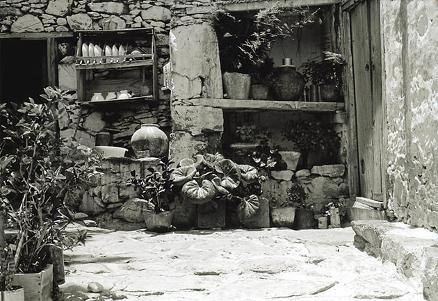
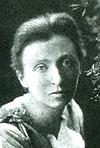
Olivia’s Visit to Fuerteventura
Olivia
Stone visited Fuerteventura in 1884 and received a warm welcome,
reporting that upon approaching Corralejo in their boat, the entire
population of the fishing village were waiting to receive them on the
rocks.
Amongst them was a well dressed man with a white hat who they
knew could not be from the poor group of huts that made up the village,
it was their host, the mayor of la Oliva who had made the journey from
La Oliva by camel.
Olivia described the Corralejo fishermens wives
as extremely hospitable, bidding them to enter into their homes to drink
coffee and giving them the best that they had, “although this was not
much.” The houses had dirt floors, were mostly of one room with poor low
beds, a few seats and a table which spoke of the scarecity of
resources- yet not of beauty as ” through the open doors the blue sea
glittered as calm as a lake bordered by the black rocks of the Isla de
Lobos , the mountains of Lanzarote and the white coast of
Fuerteventura.”
She described the people as seeming to be
intelligent, cheerful and ingenious, tall, broad shouldered with
anglular faces and very large, cinnamon coloured, crystaline eyes.
Villaverde
was “a slope with a group of huts with mud and straw inclined roofs”
that lived up to its name (Green Village) as it was “green and fresh,
even the ugly tuneras (prickly pear catcus) of cochineal. “The land was
divided by stone walls inside which were planted mainly potatoes and
tuneras to cultivate the cochineal beetle.
She described La Oliva
Village as a few houses and a church, the houses large with flat roofs,
white walled and with doors and shutters of leaf green.
The earth
around the village was red, there were a great number of straw stacks,
and there were many large farms in the vicinity. Her supper in La
Oliva where she lodged consisted of fried eggs, lamb, pork, excellent
goats cheese, particularly good bread (Usually only for fiesta days-a
luxury ) and tasty home baked buiscuits and coffee; all from La Oliva
except the wine which was from Lanzarote.
The village of Vega
de Río Palmas was a small settlement of poor mud houses when Olivia
visited, arriving by camel from Betancuria. She defined The Paso de las
Peñitas as a “magnificent granite gorge” and noted the existence of a
reservoir “with walls many feet thick, “ where one stands today;
although in the year that she visited, due to heavy rains and the
subsequent pressure of water the walling had cracked. The pass, she
recorded, was unknown and unappreciated yet offered one of the best
panoramic views of the island. She followed a path that had been
“painstakingly excavated and constructed, some three feet wide which was
wide enough for people, but not for camels; “but owing to the granite
wall on the right being inclined there was enough space to allow us to
pass, the animal walking on the edge of the precipice and I sitting
calmly with my feet hanging in space. “
The French
anthropologist René Verneau visited at the same epoch and saw “ in the
gorge’s enormous mass of rock- “something awesome and imposing.” Today
more than a century later, the path they followed continues to be very
impressive.
